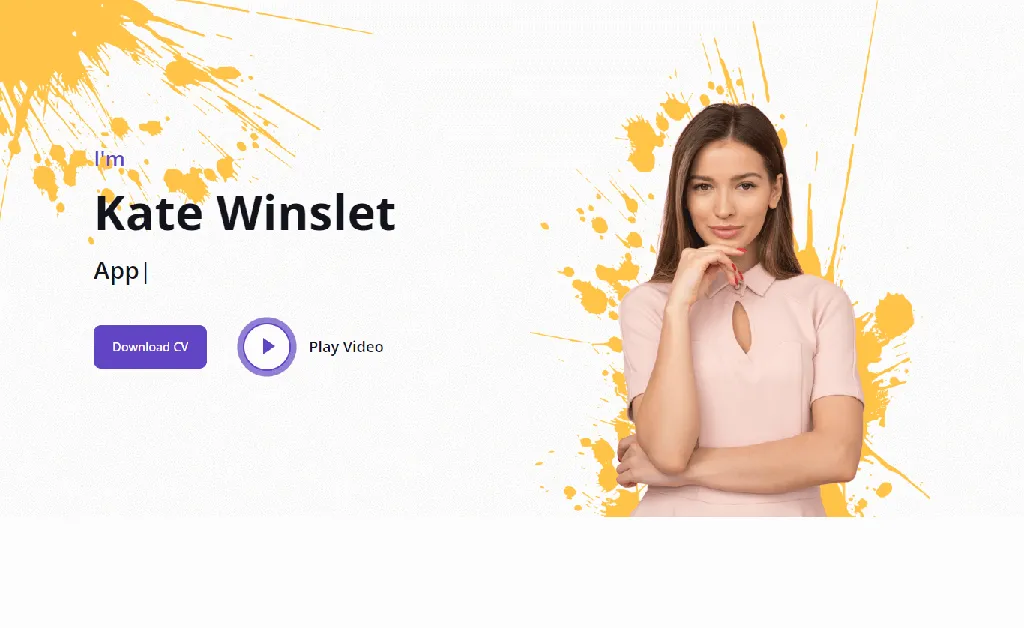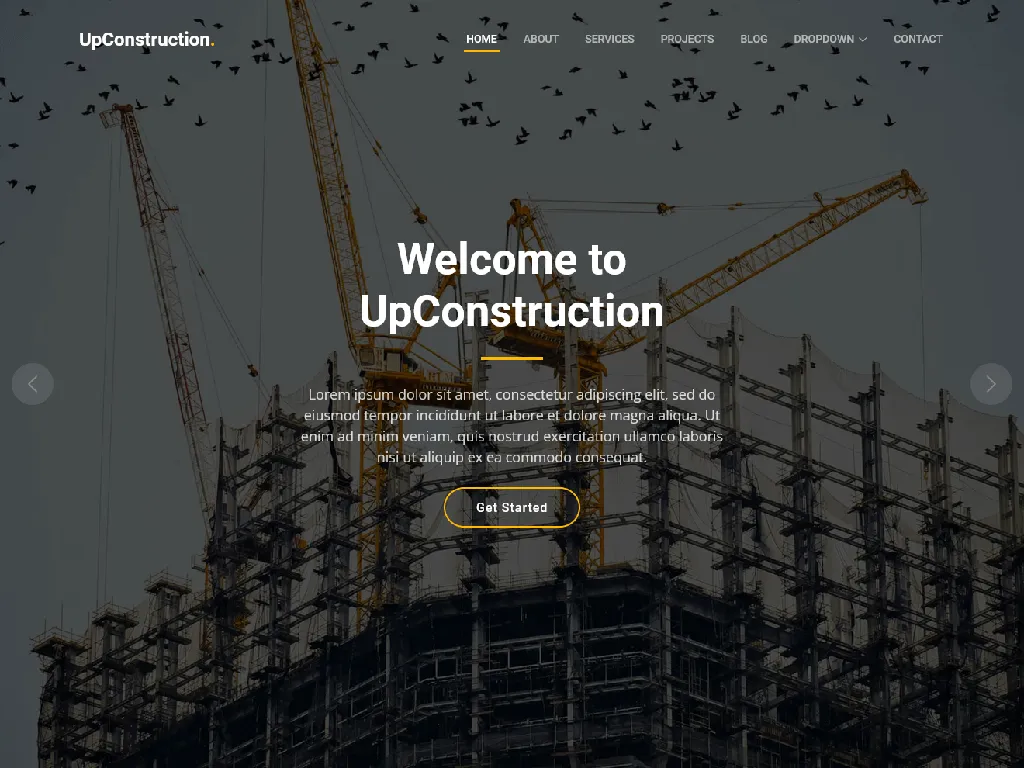Web design can feel like scaling a mountain. You want to reach the summit of a beautiful, functional website, but the path is often strewn with technical challenges and design dilemmas. One tool that can significantly ease your ascent is a framer component library. But what exactly is it, and how can it transform your design workflow?
What is a Framer Component Library?
Think of a framer component library as a collection of pre-built, reusable building blocks for your website. Instead of coding every button, navigation bar, or form element from scratch, you can simply grab a component from the library and drop it into your design. These components are more than just static images; theyre interactive, customizable, and designed to work seamlessly within the Framer environment.
Why reinvent the wheel every time you need a new button? A library gives you a head start, freeing you to focus on the bigger picture, the overall user experience, and the unique aspects of your brand.
Benefits of Using a Library
So, why should you embrace a library? The advantages are numerous.
-
Speed and Efficiency − Imagine assembling a Lego model with pre-sorted bricks. A library accelerates your design process, allowing you to create prototypes and final designs in a fraction of the time.
-
Consistency − With a library, you establish a visual language that permeates your entire website. This consistency improves user experience and reinforces your brand identity. No more mismatched fonts or inconsistent button styles.
-
Collaboration − Libraries make teamwork easier. Designers can share and reuse components, ensuring that everyone is on the same page and working with the same building blocks. Think of it as a shared vocabulary for your design team.
-
Maintainability − When you need to update a button style or change a color scheme, you can do it once in the library, and the changes will propagate across all instances of that component. This saves time and reduces the risk of errors.
Building Your Own Library
Creating your own library might sound daunting, but its a worthwhile investment, especially for teams working on multiple projects. Heres how to get started −
-
Identify Reusable Elements − Analyze your existing designs and identify the components that you use most frequently. These could include buttons, form fields, navigation menus, and content blocks.
-
Design and Build Components − Create these components in Framer, paying close attention to detail and ensuring that they are fully customizable. Consider adding variations for different states (e.g., hover, active, disabled).
-
Organize Your Library − Structure your library in a way that makes sense for your team. Use clear naming conventions and categories to make it easy to find the components you need.
-
Document Your Components − Write clear and concise documentation for each component, explaining its purpose, usage, and customization options. This will help your team members understand how to use the library effectively.
Finding Existing Libraries
If building your own library seems like too much work, there are many excellent libraries available online. These libraries often offer a wide range of pre-built components that you can use in your Framer projects. Some are free, while others require a subscription.
Before you commit to a library, consider your specific needs and requirements. Does the library offer the types of components you need? Is it well-documented and easy to use? Does it integrate seamlessly with Framer? Does it fit your budget?
Customizing Components
One of the key advantages of using a framer component library is the ability to customize components to match your brand. Most libraries allow you to change colors, fonts, sizes, and other properties to create a unique look and feel.
Dont be afraid to experiment with different customization options. The goal is to create components that are both functional and visually appealing.
The Future of Website Design
Libraries are not just a trend; they are a fundamental shift in the way websites are designed and built. As web development becomes increasingly complex, the need for reusable components will only grow stronger. By embracing libraries, you can stay ahead of the curve and create stunning websites with greater speed, efficiency, and consistency.
So, are you ready to take your website designs to the next level? Libraries are a powerful tool that can help you achieve your goals. Embrace them, and watch your design workflow transform. They are the key to streamlining your design process and achieving that polished, professional look youve been striving for.



